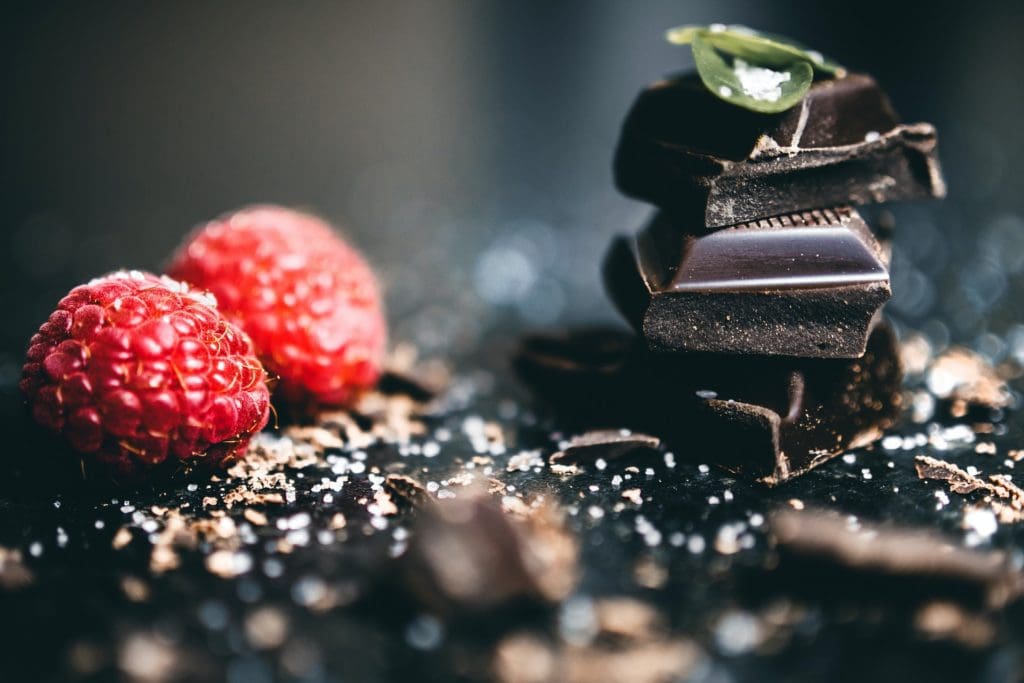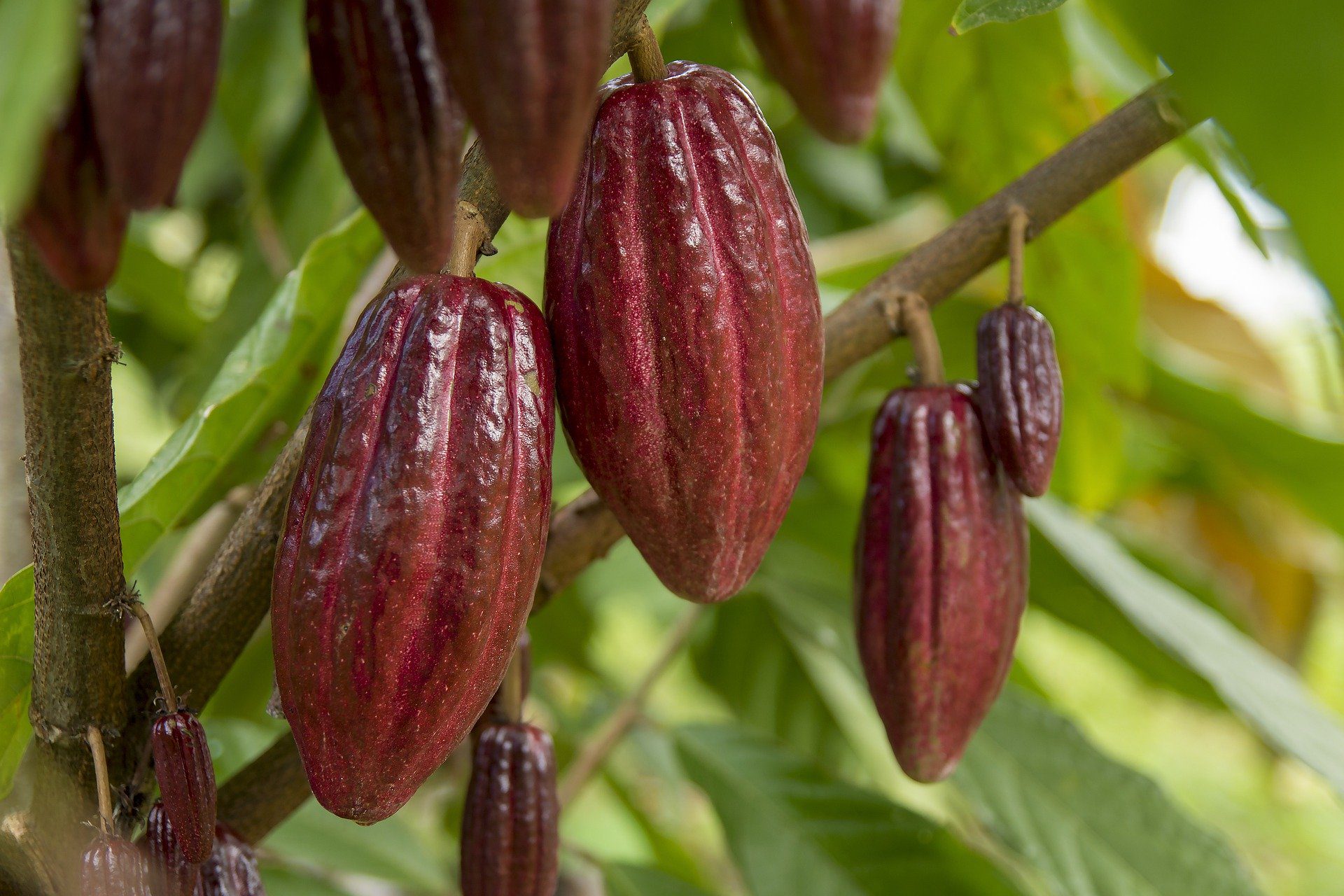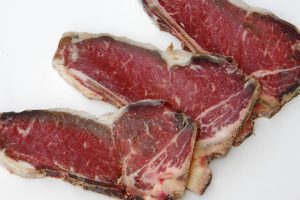Chocolate, we can easily see why it has become one of the world’s most popular treats. Yet, the origins of our favorite chocolate indulgences have often remained unseen. Today, we are generally more interested in the journey from cocoa bean to a chocolate bar, with the question of ethical sourcing of organic and fairly traded cacao foregrounded. Where it’s made, how it’s made, and what it’s made from are increasingly important to the conscientious consumer. Should you buy organic chocolate?
Table of Contents
Why organic chocolate?
This need for transparency has lead to a rise in smaller chocolate companies brimming with an ethos of consideration for cacao producers and their biome. One company championing the cause of organic chocolate is Chocolate and Love. In the past decade, they have sought to create one of the best organic and ethical dark chocolate brands globally. Now in some forty-plus countries, they are well on their way to bringing a much-needed level of awareness to chocolate’s appreciation. Such companies have spurred the revisionist movement sweeping the chocolate industry. But what makes organic chocolate the preferred alternative to conventional chocolate?
Essential to dark chocolate are two agricultural products, sugar, and cacao. But large concerns have typically turned a blind eye to best practices for sustainable cultivation of the two, with these ingredients being grown in synthetic fertilizer and chemical pesticide and herbicide use. Thus the entire biome is negatively impacted by the application of these means of agricultural production.

Type of cacao plants
The most common variety of cacao plants used in cacao production is that of the Forastero plant. This variety of cacao attributes itself to the bulk of production globally. Most rare of the varieties is the Criollo plant. It is less disease resistant and produces a lower yield. Lastly, a hybrid of the two- there is the Trinitario plant. For cocoa to qualify as organic, the product cannot have been genetically modified and is derived from one of the above natural cacao plant varieties.
Farming methods

Next, we have the farming methods employed by cacao producers. The treatment of the soil, cacao plants, endemic fauna, and neighboring flora is essential. When producing conventional chocolate, the chemicals involved bleed into the soil entering the water table. In turn, this impacts the ecology of the region beyond the initially treated produce. Synthetic pesticides and herbicides are used to grow conventional cacao as they are intended to eradicate unwanted insects and competitive plants, respectively. In truth, they are responsible for eliminating complementary species and upsetting the entire balance of local ecosystems.
Growing organic supports the entire ecosystem
A bar of organic chocolate made from cacao produced without any harmful chemicals has farmers using organic fertilizer with biological pest controls and natural agricultural means of production that benefit the crops, farmers, and rural communities alike. So, organic chocolate is supporting the entire ecosystem in which cacao is grown. This allows for biodiversity in an ecologically safe environment for farmers and their families. When choosing organic chocolate, one chooses an alternative and conscientious method of cacao production.
An informed decision regarding one of the many agricultural products on our shopping list lends itself to garnering an ecologically sustainable system for farmers and their families. With your next purchase of organic chocolate, you can benefit both the environment and those that work to cultivate it for our culinary pleasure.
Featured Image by ally j from Pixabay




